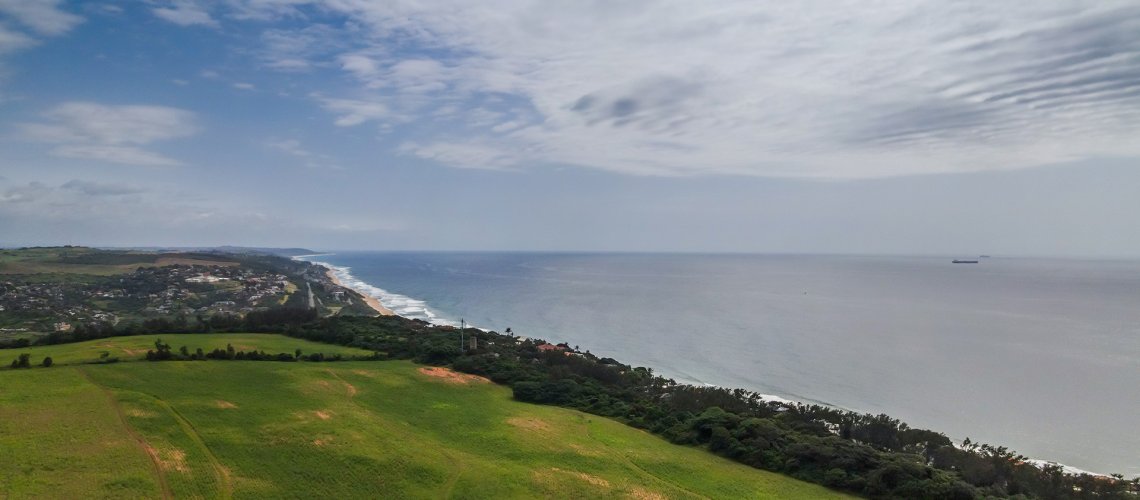The serenity and harmony that the Sibaya Coastal Precinct on the North Coast of KwaZulu-Natal encapsulates is as a result of the architectural guidelines determined at the outset. The firm focus is on sustainability and cohesion with the natural environment.
Surrounded by conservancy, the precinct consists of about 1000 hectares of coastal landscape between the Umhlanga and uMdloti estuaries. The homes within the precinct on estates such as Salta Sibaya and Gold Coast Estate respond to the landscape.
Sustainable
These are functional, safe, sustainable and aesthetically pleasing architectural designs inspired and informed by nature. You will find that the buildings within the precinct are unified by their awareness of the climate and landscape.
These buildings are painted in natural or earth-tone colours and constructed with natural materials to be in harmony with their surroundings. Aesthetically the use of natural materials such as wood and stone in construction help to create a sense of connection to nature, as does the use of natural ventilation and light wherever possible.
With sustainability in mind, many homes include water-harvesting systems and energy-saving features. Inspired by nature and motivated to protect our natural environment, there are new and exciting architectural trends working to our benefit in the Sibaya Coastal Precinct.
Architects incorporate nature in architectural design by using various techniques such as:
Biophilic design
Biophilic design is an approach to architecture and urban design that seeks to incorporate elements of nature into the built environment. The goal is to create spaces that foster a connection between people and nature, which can have a positive impact on physical and mental well-being.
Some of the key elements of biophilic design include the incorporation of natural light, plants, and other natural elements. For example, a building might have a green roof, a courtyard with a water feature, or large windows that allow natural light to flood the interior.
The idea behind biophilic design is that by creating spaces that allow people to connect with nature, it can reduce stress, improve cognitive function, and increase overall well-being. This is in contrast to traditional design which often prioritises functionality over connection to nature.
Green Roofs and Walls
These are roofs and walls that are covered in vegetation, helping to improve air quality, reduce energy consumption, and create a visual connection to nature.
Plants and grasses filter pollution particles out of the air while providing a safe shelter for birds, bees and butterflies.
The vegetation layer can help to improve the thermal efficiency of the roof and reduces the demand on heating and cooling systems, potentially helping you to save money on your bills.
Natural Ventilation
Natural ventilation is wind-driven. It is the flow of air between the outside and the inside of the building.
An example of natural ventilation is designing homes where large glass doors and windows can be opened easily. There are, however, numerous other ways in which to harness the wind, from atriums to internal courtyards and the use of cross ventilation.
Passive Solar Design
This approach involves designing buildings to make use of natural sunlight to provide warmth and light, reducing the need for artificial lighting and heating.
A primary element of passive solar heating is south-facing glass to absorb heat. The amount of heat received can be controlled with roof overhangs for shade over the glass window.
Nature plays a vital role at the Sibaya Coastal Precinct with the ultimate goal being to build an ecosystem with homes that have a positive impact on the environment, its wildlife and the well-being of the people who live here.



